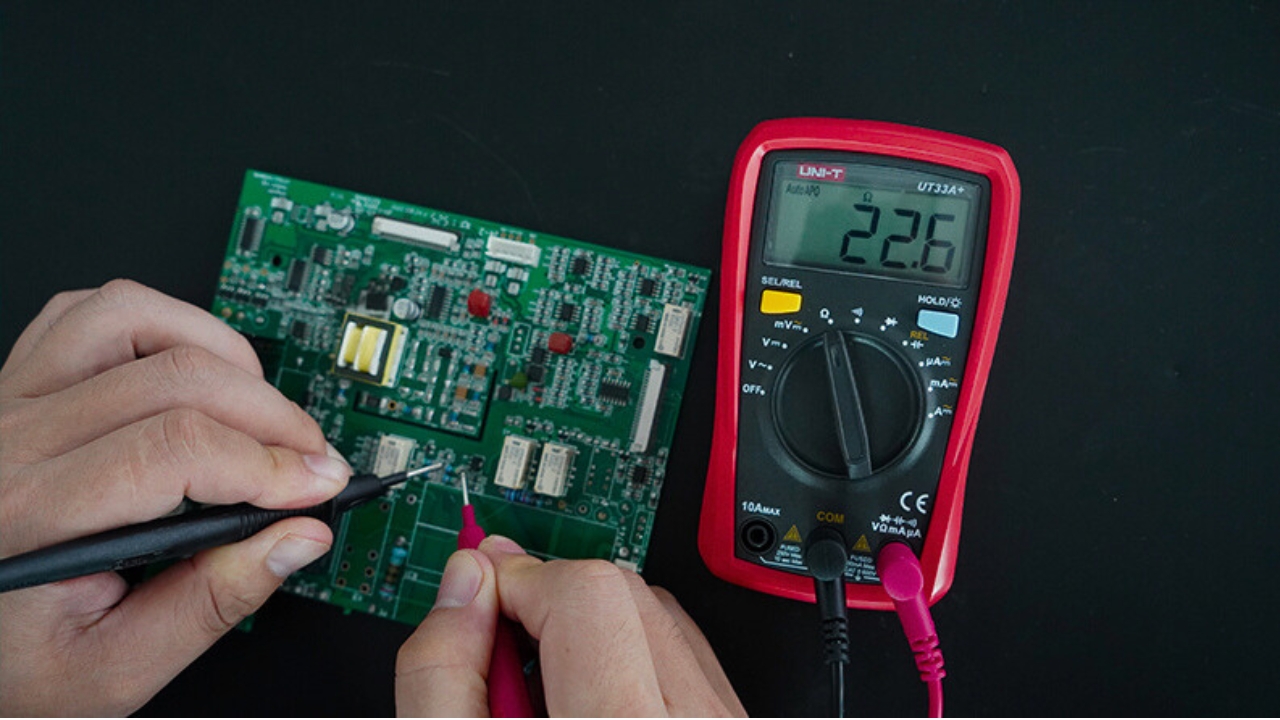Introduction
The 300W 8A DC CC CV Buck Step-Down Converter is a versatile and essential component in modern electronics, converting a higher DC voltage to a lower, stable DC voltage. Its widespread applications span across renewable energy systems, automotive electronics, telecommunications, computer power management, and consumer electronics. This article aims to provide a comprehensive understanding of this converter, covering its technical specifications, benefits, applications, challenges, and future prospects.
Technical Specifications
The 300W 8A DC CC CV Buck Step-Down Converter boasts a wide input voltage range, typically between 5V and 40V, accommodating various power sources. Its output voltage is adjustable, generally from 1.2V to 36V, providing flexibility for different applications. The converter supports a maximum current output of 8A, making it suitable for high-power devices.
Efficiency is a key feature, often exceeding 90%, ensuring minimal power loss and heat generation. Thermal management is handled through built-in heat sinks and sometimes active cooling methods. Protection mechanisms include over-temperature, over-current, and short-circuit protection, enhancing the reliability and longevity of the converter.
Applications
Use in Renewable Energy Systems
In renewable energy systems, such as solar power installations, the converter is used to step down the voltage from solar panels to a usable level for batteries and other equipment.
Applications in Automotive Electronics
Automotive electronics benefit from these converters by regulating the voltage from the car’s battery to power sensitive electronics like infotainment systems and sensors.
Role in Telecommunications Equipment
Telecommunications equipment relies on stable power supplies. Buck converters ensure that devices like routers and signal processors receive consistent voltage levels.
Use in Computer and Server Power Management
In computers and servers, these converters provide the necessary voltage regulation for CPUs, GPUs, and other components, contributing to overall system stability and efficiency.
Applications in Consumer Electronics
Consumer electronics, such as smartphones, tablets, and portable devices, use these converters to manage battery power efficiently, extending battery life and ensuring reliable performance.
Benefits
The primary benefits of the 300W 8A DC CC CV Buck Step-Down Converter include high efficiency, which translates to energy savings and reduced operational costs. Its compact size facilitates easy integration into various devices, while reliable performance ensures stability even under fluctuating conditions. The cost-effectiveness and wide availability of these converters make them accessible for both small-scale and large-scale applications.
Challenges and Limitations
Thermal Management Issues
Despite their efficiency, thermal management remains a challenge, especially in high-power applications. Adequate cooling solutions are essential to prevent overheating.
Potential for Electromagnetic Interference
The switching nature of buck converters can generate electromagnetic interference (EMI), potentially affecting nearby sensitive electronics. Proper filtering and shielding are necessary to mitigate this issue.
Limited Voltage Range
While versatile, the voltage range is not unlimited. For applications requiring very high or very low voltages, specialized converters might be needed.
Load Regulation and Transient Response
Maintaining stable output under varying load conditions and responding swiftly to load changes can be challenging, necessitating advanced control algorithms and high-quality components.
Latest Innovations
Recent advancements in buck converter technology include the integration of smart features like remote monitoring and control via IoT platforms. Improved materials and components, such as high-frequency capacitors and inductors, enhance performance and reliability. Enhanced protection mechanisms, including more sophisticated thermal shutdown and fault detection systems, further increase the converter’s robustness.
Future Prospects
The future of DC-DC converters, including the 300W 8A DC CC CV Buck Step-Down Converter, looks promising. Trends point towards even higher efficiency, reduced size, and increased integration of smart features. Emerging technologies like wide bandgap semiconductors (e.g., GaN and SiC) are expected to revolutionize converter design, offering better performance at higher frequencies and temperatures. New applications in electric vehicles, smart grids, and advanced consumer electronics will likely drive further innovation.
Comparative Analysis
Compared to other types of DC-DC converters, such as boost and buck-boost converters, the buck converter is simpler and more efficient for stepping down voltage. Unlike linear regulators, which dissipate excess power as heat, buck converters achieve higher efficiency by switching, making them more suitable for high-power applications. However, they can be more complex to design and require careful consideration of EMI and thermal management.
User Guides or Tutorials
Step-by-Step Installation Guide
- Identify the input and output terminals on the converter.
- Connect the input power source to the input terminals, ensuring correct polarity.
- Connect the load to the output terminals.
- Adjust the output voltage using the onboard potentiometer or control interface.
- Power on the converter and verify the output voltage with a multimeter.
Troubleshooting Common Issues
- If the converter does not power on, check the input voltage and connections.
- For unstable output, ensure the load does not exceed the maximum current rating and that connections are secure.
- If overheating occurs, check for adequate ventilation and consider adding a heat sink or fan.
Maintenance and Safety Tips
Regularly inspect connections and clean the converter to prevent dust buildup. Ensure the converter operates within specified voltage and current limits to avoid damage. Use proper insulation and grounding to prevent electrical hazards.
Practical Examples of Usage
Example 1: Using the converter to power an LED strip from a 24V power source, adjusting the output to 12V. Example 2: Regulating the voltage from a car battery to 5V for charging USB devices.
Conclusion
The 300W 8A DC CC CV Buck Step-Down Converter is a vital component in modern electronics, offering efficient voltage regulation across a range of applications. Its high efficiency, reliability, and adaptability make it an excellent choice for powering diverse devices. Despite challenges like thermal management and EMI, advancements in technology continue to enhance its performance and capabilities. Selecting the right converter involves understanding its specifications and aligning them with your application needs, ensuring optimal performance and longevity.





Add comment